The cake after being wrapped and filled. (Photo: Tran Viet/VNA)
The people of Thuong Dinh village (Nhi Khe commune, Thuong Tin district, Hanoi ) are hard-working, intelligent and skillful, so they soon learned to process their hometown's agricultural products into delicious dishes, of which the most famous is Banh Day, sold at tea shops on Quan Ganh street.
For hundreds of years, Banh Day has always been considered a rustic yet elegant dish of Vietnamese cuisine , famous to diners from all over the world for its fragrant, soft Banh Day. Quan Ganh has entered the Vietnamese culinary dictionary with its unique Banh Day dish, which has existed since ancient times, "Banh Day Quan Ganh."
Origin of rice cake making
Hanoi sticky rice cake is a rustic, traditional dish with a very deep historical origin, associated with Quan Ganh village, Thuong Tin town, Hanoi.
The Banh Day making profession in Quan Ganh began with an oral story about a beggar who passed through the village and was warmly welcomed by the locals. To show his gratitude for this kindness, the beggar passed on the secret of making a special cake from sticky rice - Banh Day. After enjoying it, the villagers loved this cake so much that they decided to preserve the recipe and develop it into a profession to make a living.
In the early days, Hanoi sticky rice cakes from Quan Ganh village were only sold to passersby on Highway 1. However, over time, this traditional cake has gradually built up its reputation, becoming known and sought after by both Hanoians and tourists from everywhere.
Nowadays, the rice cake making profession is only preserved in Quan Ganh street, Nhi Khe commune, Thuong Tin district, Hanoi.
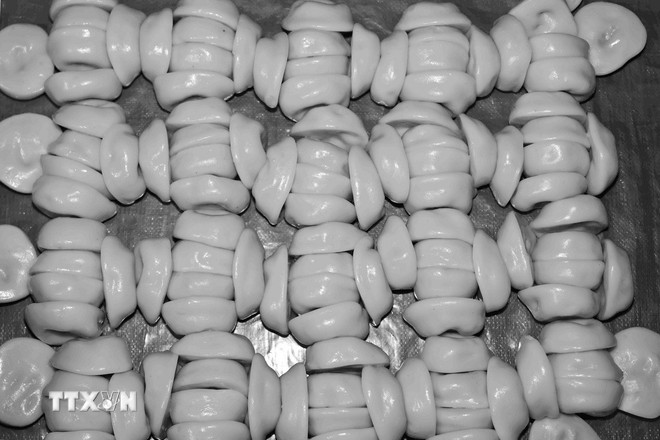
Cakes are arranged in six pieces for wrapping. (Photo: Tran Viet/VNA)
What is special about Quan Ganh sticky rice cake?
To make delicious sticky rice cakes that make people want to enjoy more after just one bite and never forget once tasted, the people of Thuong Dinh village have preserved the traditional processing steps for generations.
The process of making the cake is not complicated but requires carefulness, meticulousness and strict compliance. The main ingredients include yellow sticky rice, tangerine sticky rice, yellow green beans and water bug flavor, all carefully selected from the homeland's products.

Rice is soaked and washed thoroughly then drained before cooking. (Photo: Tran Viet/VNA)
The sticky rice used to make the cake is a type of rice that is especially sticky and has an attractive aroma. Before making the cake, the rice selection process is done very carefully. The rice grains must be even, without any mixed rice, not chalky and absolutely free of sand or impurities.
The rice is then pounded thoroughly to achieve pure whiteness, and after pounding, the remaining bran layer must be sifted to ensure that all the husk dust is removed. When held in the hand, each grain of rice becomes shiny, smooth and has a light fragrance.
After being thoroughly washed and cleaned with 2-4 times of water to remove all impurities, the rice will be soaked in cold water for about 2-3 hours. Next, the rice is washed again to remove the soaking water, then completely drained before being put into a steamer to make sticky rice.
When the sticky rice is almost done, the maker will sprinkle a little warm water on the surface to ensure that the sticky rice is cooked evenly and reaches the desired softness and elasticity - this is an important step that determines the quality of the cake. When the sticky rice gives off a fragrant aroma, it will be poured into a mortar or onto a straw mat spread out on a brick floor. At this time, the maker quickly uses a pestle to pound or roll the sticky rice while it is still hot.
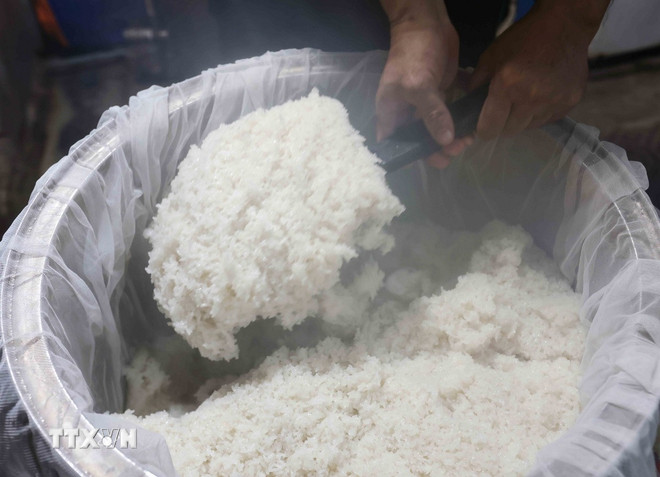
Sticky rice used to be cooked on a stove, but now families use a steamer to cook it. (Photo: Tran Viet/VNA)
The pounding process must reach the point where the sticky rice is smooth and soft, blending together into a chewy, clear white mass as desired. Then, the baker uses clean hands to hold the sticky rice into small, even pieces, continuing to flatten them to create a thin cake crust. The filling will be placed in the middle of each piece of sticky rice crust and then skillfully rolled up.
To create a round cake with a slight concave in the middle like a pan, the baker will gently squeeze the surface of the cake to flatten it slightly, following the "roll it round and then flatten it" technique that is still passed down in the craft village.
The final step is wrapping the cakes. The cakes are wrapped in clusters of 5-6 using fresh dong leaves. These packages will be branded and tied with red-dyed string, completing the specialty of the craft village.
The difference between Hanoi's sticky rice cake and other regions is the variety of fillings. The sticky rice cake in Quan Ganh village is made into 3 types, the crust is the same but the fillings are different: sweet, salty and vegetarian to satisfy the taste of diners.
Sweet cake is made with cooked mung bean paste and stir-fried with sugar to a caramel color. Savory filling is made from mung bean paste, shredded coconut, onion, and pork belly with the flavor of water beetle. Vegetarian cake is made without filling, eaten with cinnamon sausage or sweet soup.

The filling is evenly held before wrapping the sticky rice dough. (Photo: Tran Viet/VNA)
Quan Ganh sticky rice cake has long been a meaningful gift, often enjoyed by visitors from all over the world, brought back to give to grandparents, parents, or as gifts for children. Not only that, sticky rice cake is also used to offer to ancestors on full moon days or weekly holidays, showing the beauty of traditional culture.
Nowadays, people’s lives are constantly improving. In Thuong Dinh village, the working atmosphere is always bustling as people are busy making cakes to order to serve festivals, long-distance trips, and especially weddings, which are growing with the number of orders increasing steadily.
Over the years, Quan Ganh sticky rice cake has become a dish that is loved and appreciated by tourists from near and far. Although it is not a delicacy or requires elaborate preparation, sticky rice cake still exudes elegance and familiarity with a rustic feel.
Like other rustic cakes of the Vietnamese countryside such as rice paper or rice cake, rice cake is not only a simple symbol of agricultural culture but also carries a long-standing historical significance, contributing to enriching the Vietnamese culinary treasure./.
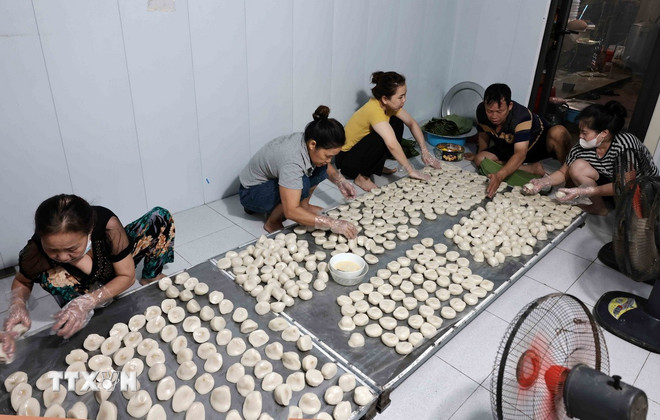
A rice cake facility is making cakes for customers in Dien Bien province. (Photo: Tran Viet/VNA)
According to VNA
Source: https://baoangiang.com.vn/banh-day-quan-ganh-dac-san-moc-mac-tru-danh-cua-dat-ha-thanh-a416639.html


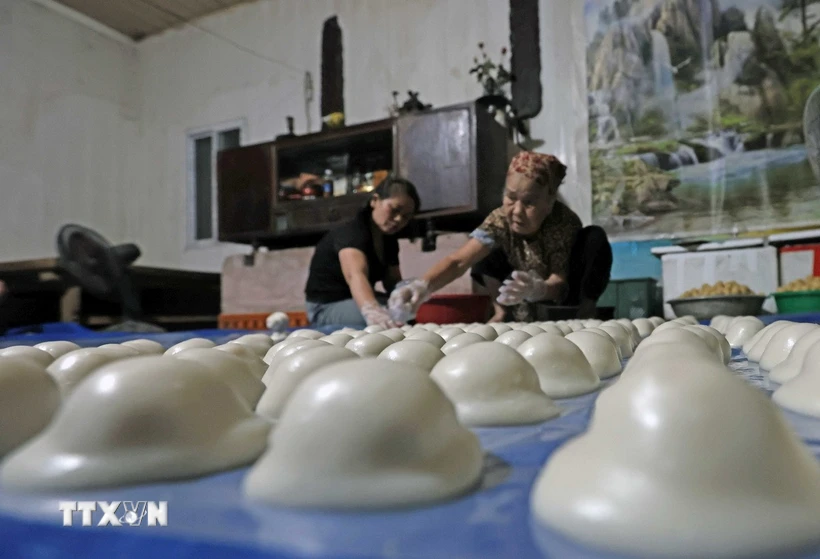




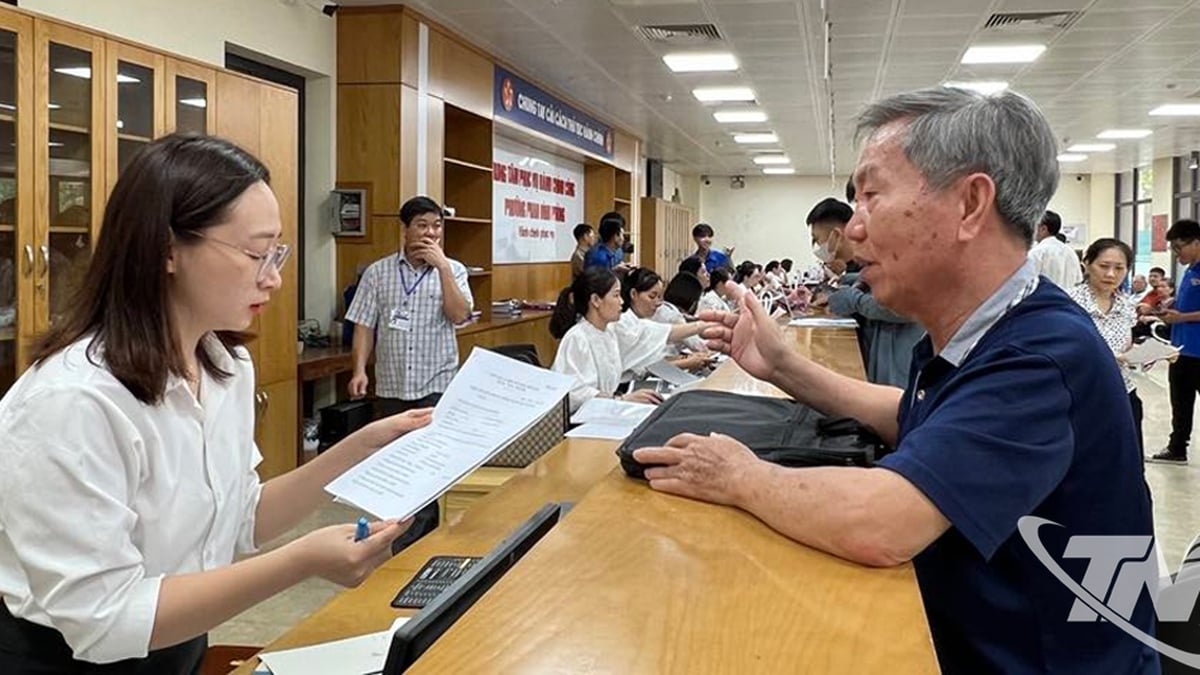

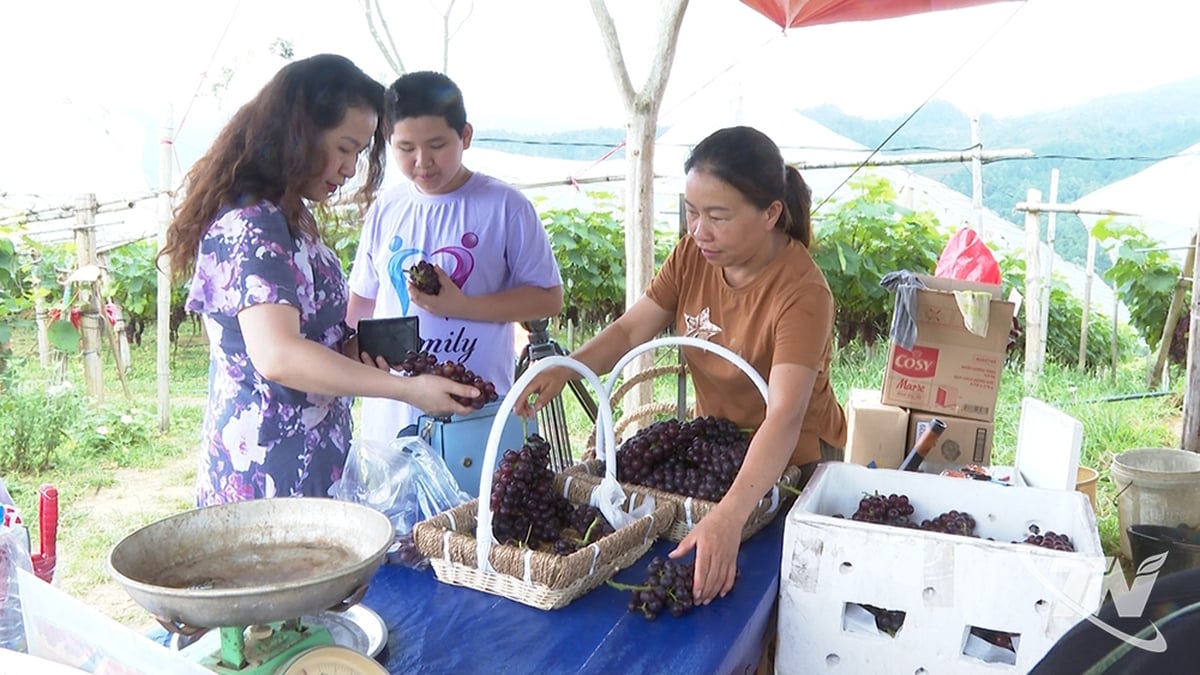
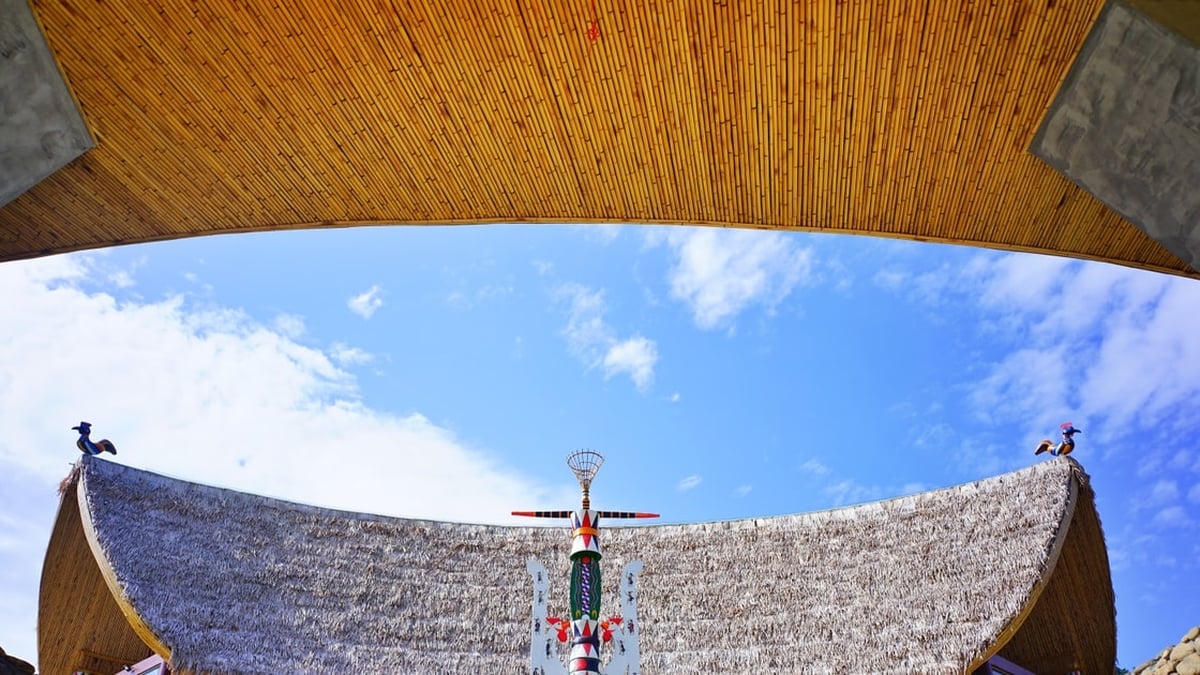

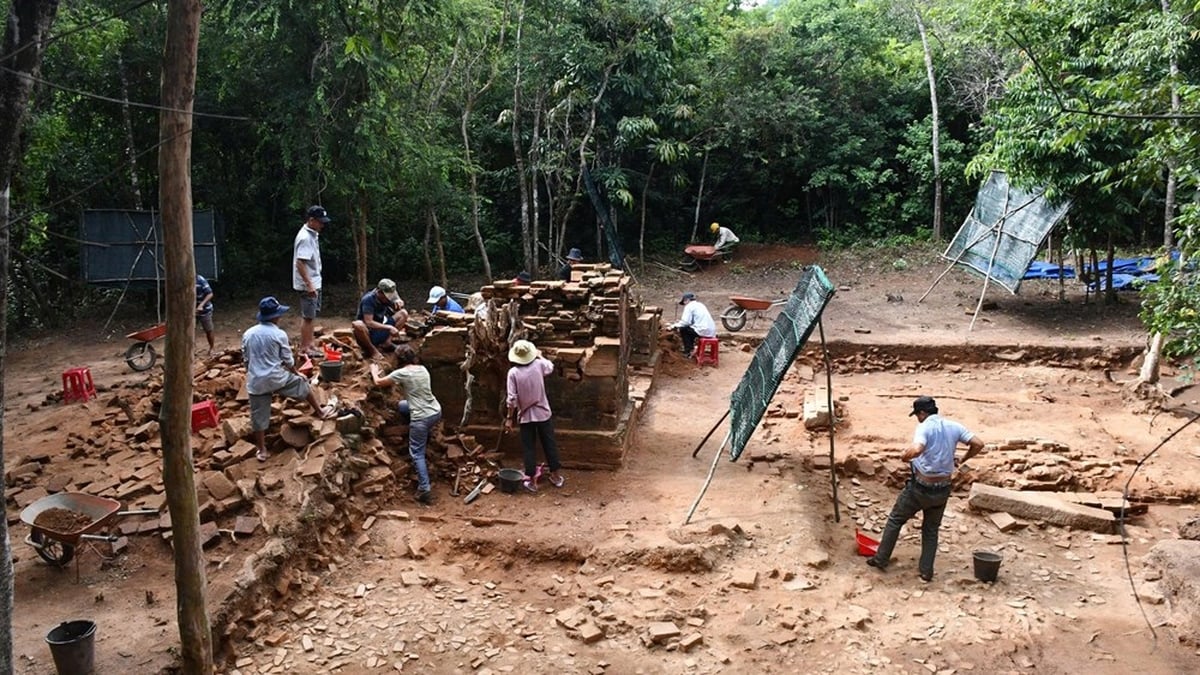
































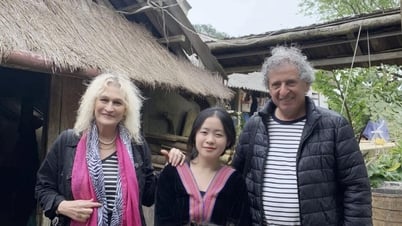



















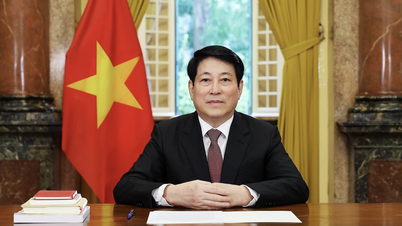
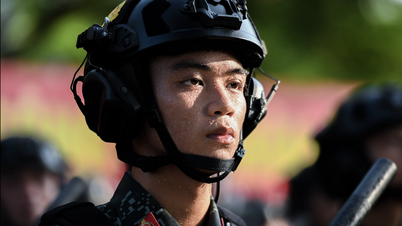


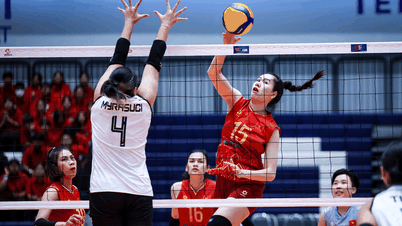

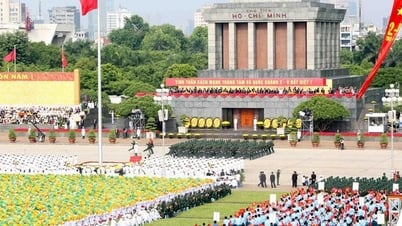




























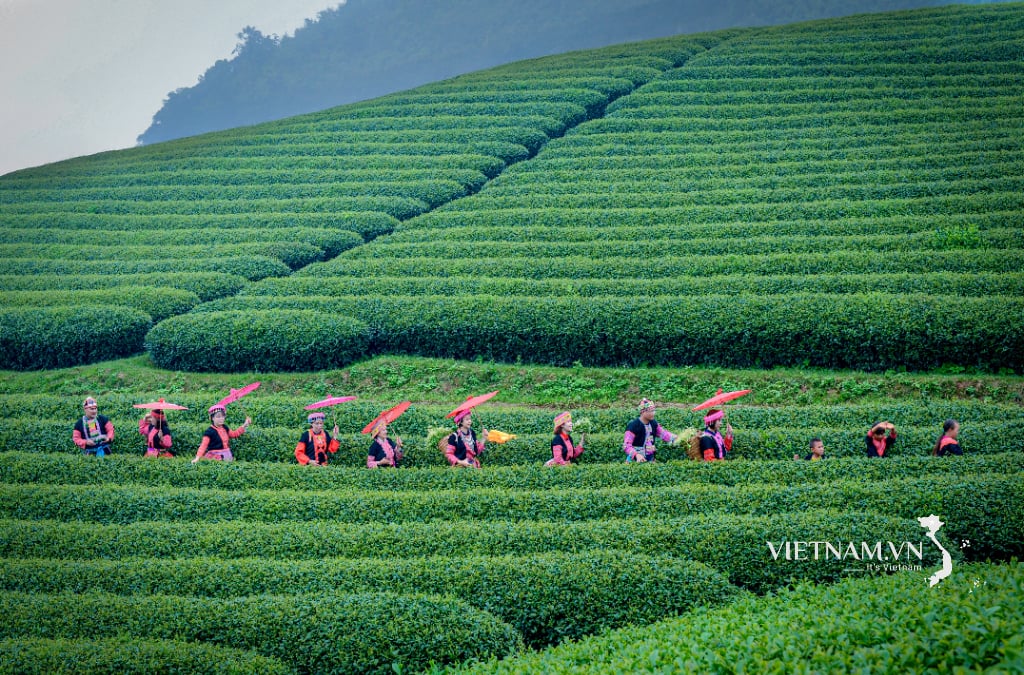

Comment (0)